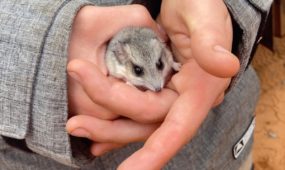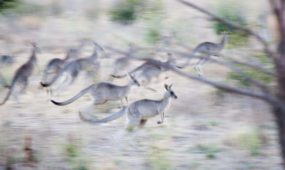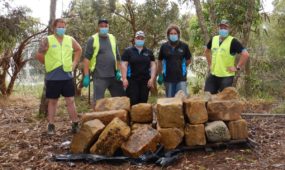Feral-proof fence drives biodiversity revival
Environment
Construction of a 23km fence to protect threatened native animals from feral predators will begin next month as part of a 20-year biodiversity project in South Australia.

Sign up to receive notifications about new stories in this category.
Thank you for subscribing to story notifications.

The first stage of the project on the “foot” of Yorke Peninsula will enclose a 130,000ha area – almost twice the size of Singapore – comprising farmland, national parks and several small townships.
The re-introduction of several locally extinct native mammals will follow in a bid to increase biodiversity, reinstate missing ecological processes, improve agricultural productivity and boost the regional economy.
A second 28km fence is planned for year 10 of the project to include an important bird wetland and bring the enclosed area up to 170,000ha.
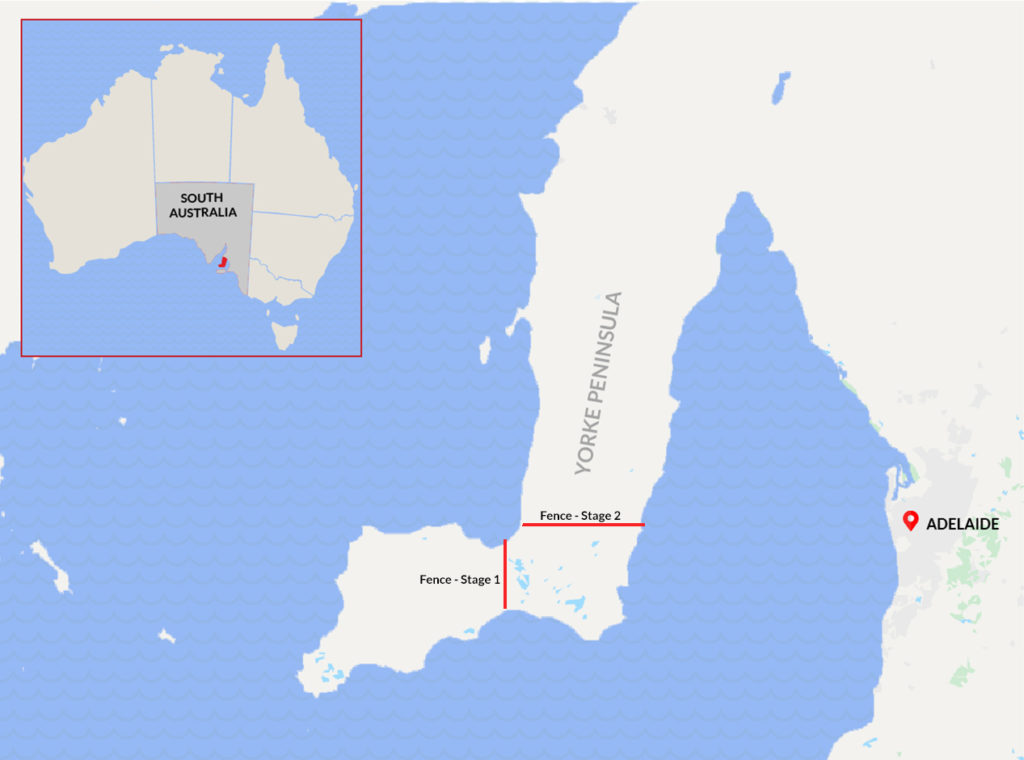
The Great Southern Ark project has been a decade in the planning and will be the largest fenced project of its kind in Australia and the first to include a mixed landscape of farms, native bushland and residential areas.
The boot-shaped Yorke Peninsula sits in the middle of the southern Australian coast directly above Kangaroo Island and is known for agriculture and tourism.
Like many parts of mainland Australia, dozens of native mammal species have become locally extinct since European settlement, with feral cats and foxes largely to blame.
In southern Yorke Peninsula 95 per cent of the district’s 29 mammal species are now locally extinct and almost half of flora species are also in decline.
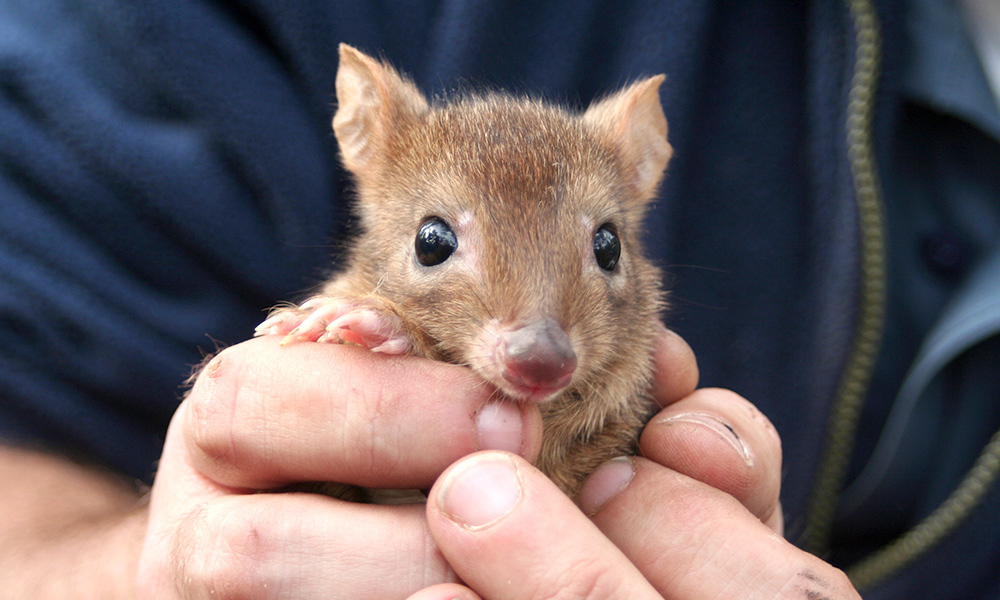
The Northern and Yorke Natural Resources Management Board has received a $2.6 million National Landcare grant from the Federal Government to initiate the project in collaboration with WWF Australia, Zoos SA and the FAUNA Research Alliance.
The funding includes the construction of the first fence, five years of intensive fox and cat control within the fenced area, the re-introduction of the woylie (pictured above), also know as a brush-tailed bettong, a feral cat awareness program and a monitoring program.
It follows a five-year Baiting for Biodiversity program that has successfully reduced fox and feral cat numbers in the region to the point where malleefowl and tammar wallaby populations have stabilised and the bush stone-curlew has re-appeared after a 40-year absence. Local farmers have also reported a 30 per cent increase in lambing percentages.
Construction of the north-south fence is expected to begin in late February and be completed in June.
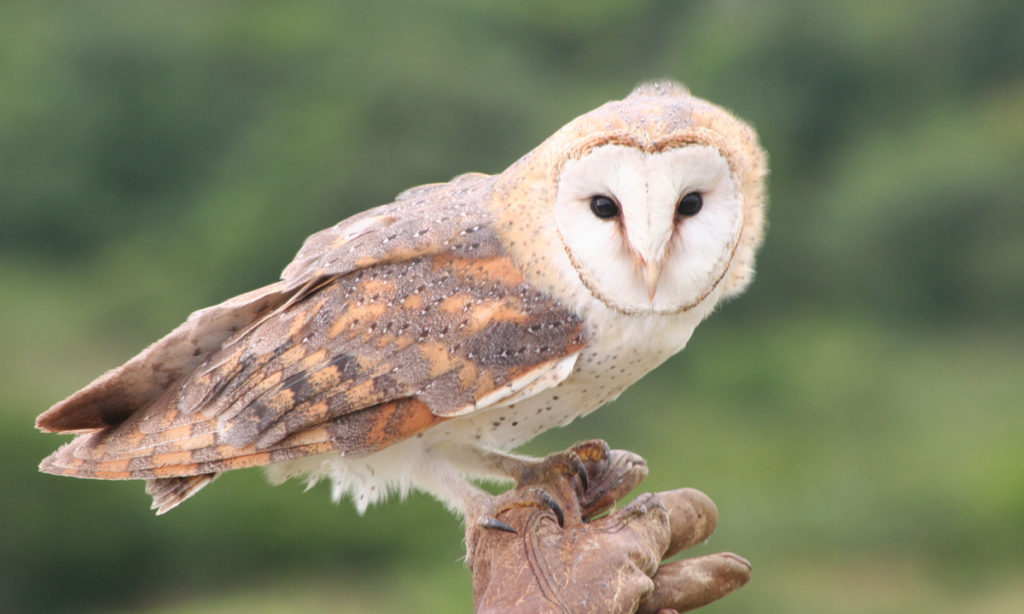
The barn owl population will be increased on southern Yorke Peninsula to keep the house mice population in check.
Native mammals will begin to be reintroduced soon after the coast-to-coast fence is completed. The woylie and fellow soil engineer the southern brown bandicoot will be introduced in the first five years along with small native predator the red-tailed phascogale. A strategy including the provision of breeding boxes on farmland will also be used to rapidly grow the local barn owl population to control house mice numbers.
Years six to 10 will include the re-introduction of native rodent species while medium-sized native predator the western quoll will be brought back into the area in years 11-15.
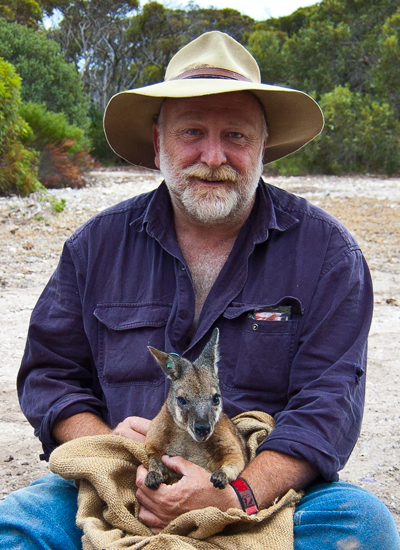
Dr Andy Sharp with a tammar wallaby.
Natural Resources Northern & Yorke Planning and Programs Manager Dr Andy Sharp said the first fence would be 1.8 metres high with a 60cm “floppy top” to prevent foxes and cats climbing over and would be built mainly along farm fence lines and road reserves.
He said although there would be several gaps in the fence at crossroads, each intersection would have 200m long “wings” of fencing along the side road and a heavy concentration of buried baits along the outside of the fence.
“The idea is that when a fox or cat hits the fence it will start running up the fence trying to find a hole and it will encounter a bait before it can enter the foot of the peninsula,” Dr Sharp said.
“We’re enclosing such a large area of land that the system will be self sustaining – what we’re anticipating is that numbers of feral animals will then stay low with very little control work because the fence is in place.
“Down the track we’d like to put grids across the roads that pass through the fence to even further reduce the risk of a fox or a cat making it past the fence.”
The second fence will run east-west along Cut Line Rd from about Stansbury to Hardwicke Bay and will protect the Peesey Swamp, a significant wetland for native birds.
Dr Sharp said the “novel” project would be a proof of concept for other areas looking to increase native biodiversity.
He said the scale of the project and the way it had look beyond conservation to include agriculture and tourism set it apart.
“The project has really developed into this holistic approach to managing a landscape – we’re not trying to just manage for biodiversity only, we’re trying to manage the entire landscape and drive outcomes for everyone,” Dr Sharp said.
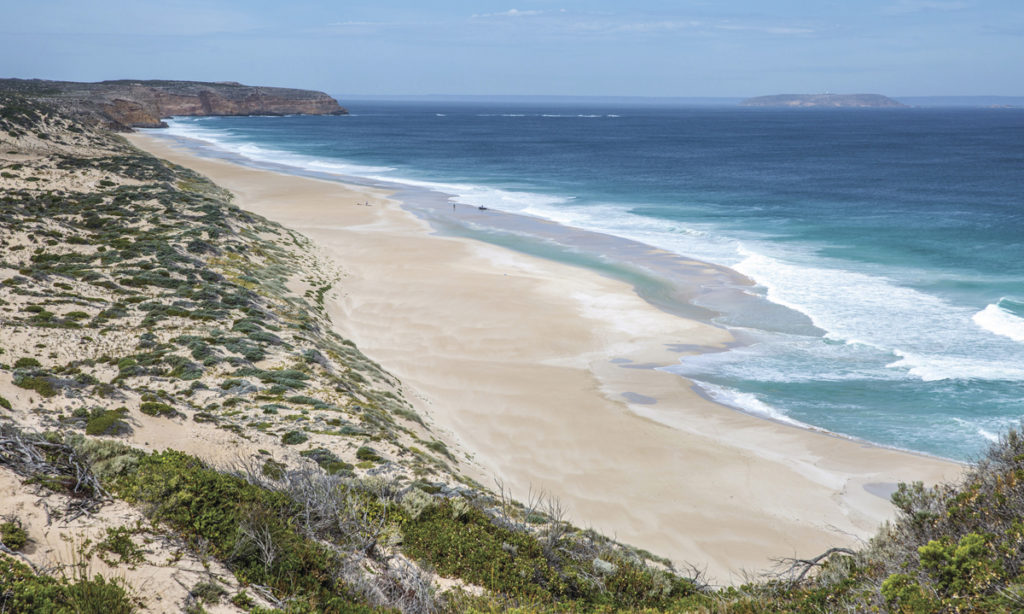
West Cape Headland in Innes National Park will be within the fenced area. Picture: Greg Snell Photography.
“Re-wilding is becoming more and more common approach to managing for conservation, but most projects in Australia are small, enclosed areas. The Great Southern Ark project is the first one in Australia that attempts it on a landscape scale.”
Thousands of fishermen, families and eco-tourists flock to Yorke Peninsula for holidays each year, which is about a three-hour drive from the South Australian capital Adelaide.
WWF Australia head of living ecosystems Darren Grover said the construction of the fence would be a major milestone in the project and would allow the re-introduction of species that had been lost to the region for more than 100 years in some cases.
“We can’t turn the clock back to 1750 but we can create a landscape that balances thriving, healthy wildlife populations with prosperous farms and tourism,” he said.
“It’s about finding a balance but it also means that people can reconnect with the Australian bush and Australian wildlife and I think in many cases we’ve lost that.
“This is the way we’re going to have to work now and in the future if we’re going to save Australia’s wildlife – no one organisation can do it themselves, it’s going to take a whole cast of different contributors all playing their role and I’m hoping this project will become a template for similar sorts of projects around the country.”
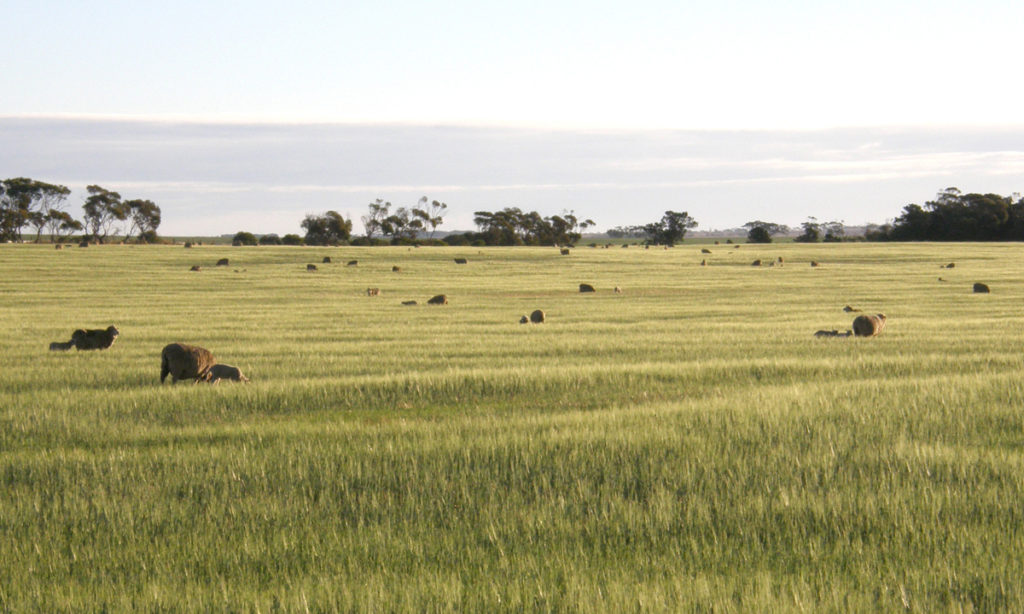
The fenced area will include a large proportion of farmland. Picture: David Sloper.
A series of community meetings have been held on southern Yorke Peninsula to discuss the project with 88 per cent of attendees in favour, 7 per cent opposed and 5 per cent undecided about the plan.
Pam Bennett’s family has run sheep and planted crops in the area for 90 years and she now manages bush camping business Hillocks Drive on the southern coast of Yorke Peninsula within the planned fenced area.
She said while some farmers were opposed to the project, many were very supportive and others were cautiously optimistic.
“Farming and conservation can live alongside one another – most of the remnant bush that has survived is on farmland so it is really important for farmers to be involved in conversation … this is an opportunity to prove the model,” Bennett said.
“As far as tourism goes it’s an enormous opportunity to show off our area and conserve the species that people would otherwise not be able to see.
“It will put Yorke Peninsula on the map.”
Jump to next article
